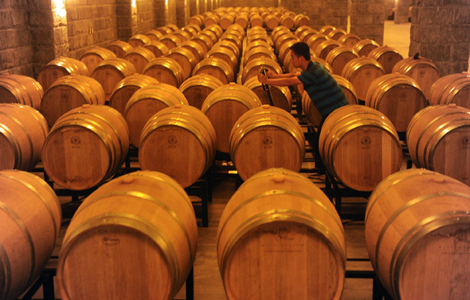Algae bloom causes red tide in S China seawater
Updated: 2011-08-18 19:23
(Xinhua)
|
|||||||||||
ZHUHAI - An algae bloom has caused a nearly 100 square kilometer red tide in seawater off the coast of South China's Guangdong province, the local marine environment watchdog said Thursday.
The red tide was reported near the Wanshan Islands at the estuary of the Pearl River that flows into the South China Sea, the Marine Environment Monitoring Center in the city of Zhuhai said in a press release.
It said the red tide began last Friday, tinting the water a deep reddish brown and killing thousands of fish.
The center said it is difficult to predict when the red tide will subside.
The bloom was caused by cochlodinium geminatum, a multi-celled phytoplankton species which easily sticks to the gills of fish and suffocates them, according to the center.
The density of these organisms increases with a rise in water temperature and salinity, it said.
The Wanshan Islands covers 3,200 square kilometer of seawater and is close to Hong Kong and Macao.
Hot Topics
Anti-Gay, Giant Panda, Subway, High Speed Train, Coal Mine, High Temperature, Rainstorm, Sino-US, Oil Spill, Zhu Min
Editor's Picks

|

|

|

|

|

|







